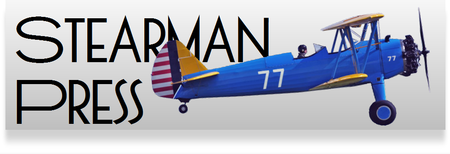
Last week we did a comparison of the Toyo 45CF and the Nagaoka 4x5 field camera. In many ways, these cameras represent opposite ends of the last century: wood, leather and steel vs high-tech composites. Details here: https://shop.stearmanpress.com/blogs/news/camera-compare-nagaoka-4x5-and-the-toyo-45cf
It only seemed reasonable to give the same treatment to the Graflex Super Graphic. After all, in many ways, the Super Graphic (introduced in 1956) is the grandfather of the Toyo (born in 2002).
So we spent most of yesterday shooting the video. By the time it was edited, we realized it was actually rather boring! It had turned into a tutorial on how to use each camera, which was not our intent. So we scrapped it (if everyone really wants to see it, we can release it later.)
Instead, we put together a short video commentary on the differences, highlighting similarities and differences: Super vs Toyo. Here are what we consider the most important specs:
Graflex Super Graphic 200 x 180 100 mm 2.1Kg/4.6 lbs 300 mm (max Bellows)Toyo 45CF 200 x 180 100 mm 1.6Kg/3.5 lbs 350 mm (max Bellows)
If you really want to see all the minutia, click here: Toyo 45CF; Speed Graphic.
Both cameras open/close the by the same method: you slide the focusing rails up and they catch on the inside of the body. Other common traits:
- Graflok backs: allow you to use roll film adapters and other accessories
- Front movements: rise/fall, shift, swing and tilt. Note: you have to "drop" the bed on the Super to get any fall.
- No back movements.
- Both allow you to drop the bed to accommodate wide angle lenses. (Though I don't feel that either camera is well suited for wide angle work.)
The Super Graphic features a rangefinder with interchangeable cams, which can, in theory, accommodate just about any lens. (Good luck on finding the right cam.) Our Super Graphic came with a 135mm lens and matching cam that has proven to be quite accurate. While some find the rangefinder to be quite useful, I don't use it much.
If you check the specs, you'll find that the Toyo has slightly larger movements than the Super, not that I've ever found the movements of the Super to be that limiting. The only important difference: the maximum bellows extension on the Toyo is 350 mm vs only 300 mm on the Super Graphic. Thus the Toyo can handle longer lenses and focus closer.
Summary: the Toyo is literally a carbon copy of the Super (minus the rangefinder). Any photo you can capture with one, you can capture with the other.
Personally, while I appreciate both cameras, the smoother controls, lighter weight and overall refinement of the Toyo, makes it my field camera of choice (at least this month).
It really comes down to money (what doesn't?) and personal taste. Do you want to drive a classic Cadillac ($200-$500) or a sleek modern Lexus ($800 - $1000)?
Just getting into large format? Well, the first thing you need is an SP-445. The second might be a Super Graphic; it's a legend that has proven its value time and again over that last 64 years.
